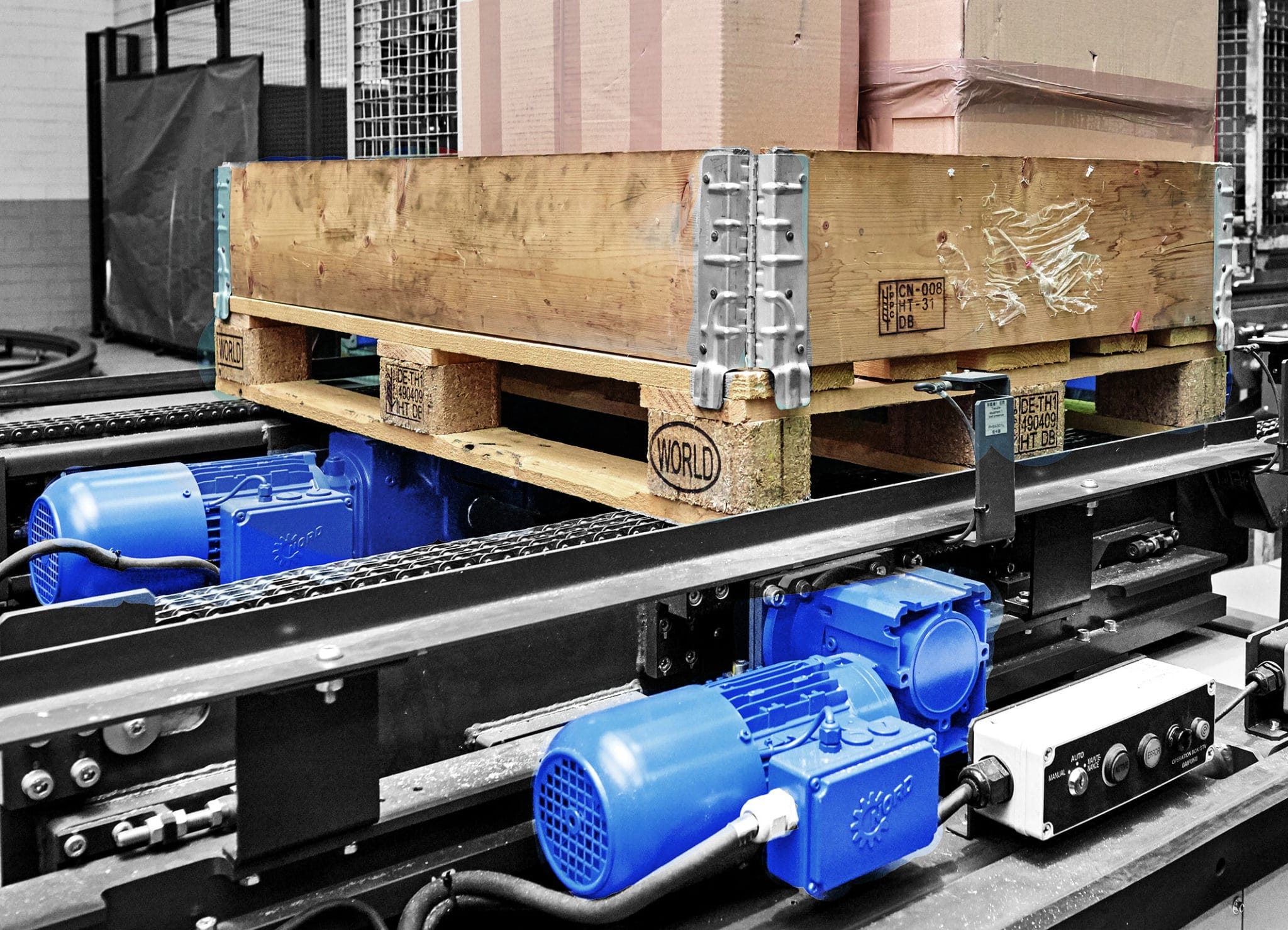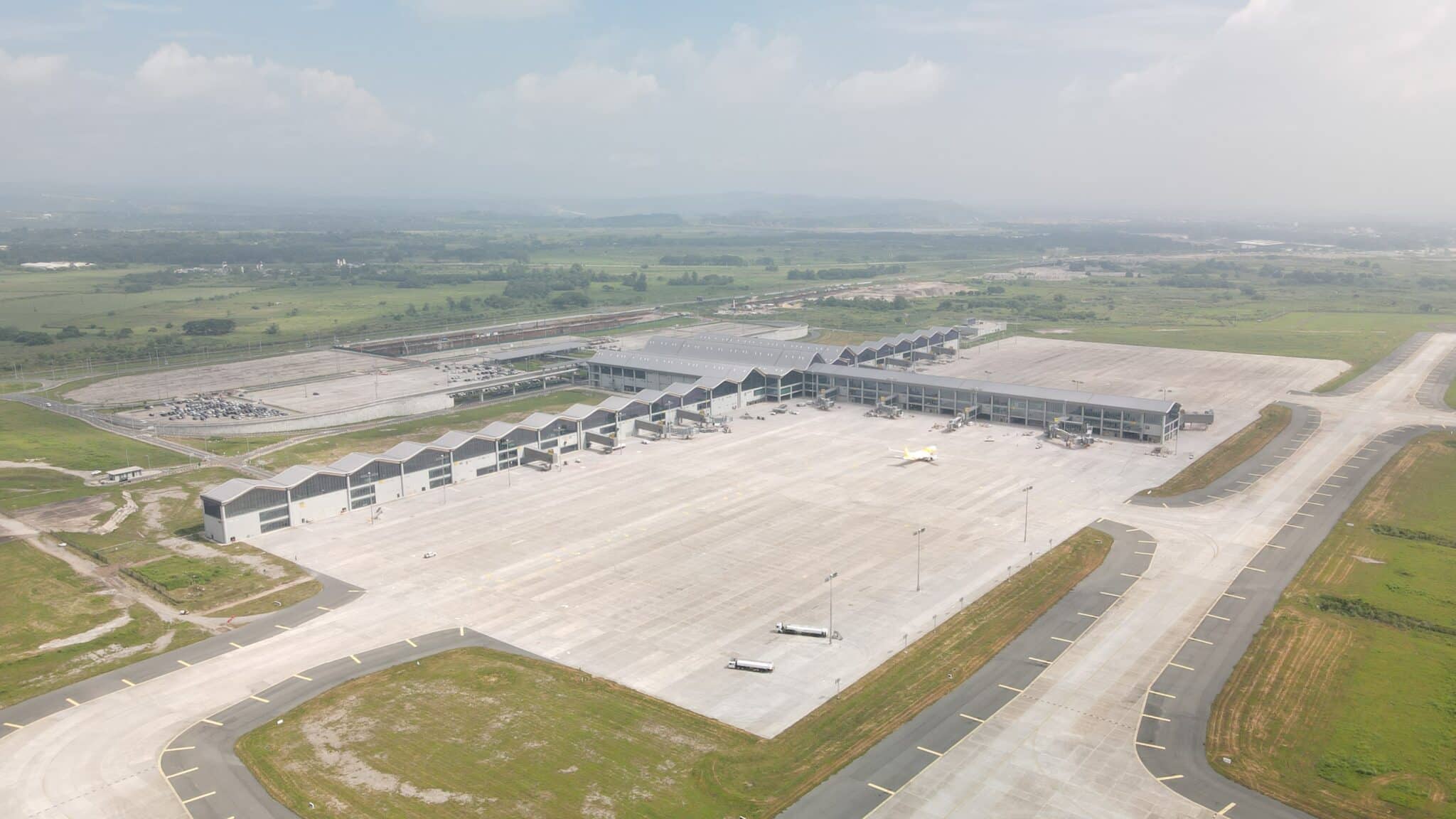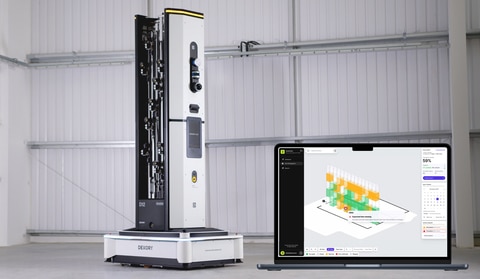With the LogiDrive solution space, NORD offers its warehouse logistics customers two industry-optimized drive concepts. LogiDrive Advanced and LogiDrive Basic both impress with their low weight and compact installation space. In addition, they are optimized for different factors.
Chain and roller conveyors, belt and pallet conveyors, container and overhead conveyors: In warehouse logistics, they all require reliable drives with sufficient power for the corresponding application. This is guaranteed by both solutions from the drive specialist NORD. Furthermore, both feature maximum user-friendliness, easy wiring, low weight and compact installation space. What sets them apart: LogiDrive Advanced was optimized for energy efficiency and LogiDrive Basic with regards to costs.
The drive solutions in detail:
• LogiDrive Advanced
o Highly efficient IE5+ synchronous motor
o Decentralised NORDAC ON+ frequency inverter, which was specially designed for combination with the IE5+
o A gear unit from the NORD portfolio
• LogiDrive Basic
o IE3 asynchronous motor
o Decentralized NORDAC ON frequency inverter
o A gear unit from the NORD portfolio
According to the customer’s requirements: Focus on costs or energy efficiency
The LogiDrive Advanced drive solution ensures maximum energy efficiency and thus achieves high savings in CO2 emissions. It achieves its very high efficiency via large speed and load ranges, and allows for a variant reduction. This is particularly attractive for large systems with numerous drives: Fewer drive variants in a system result in streamlined logistics, warehouse and service processes and thus in reduced administrative costs.
The components of the LogiDrive Basic are perfectly matched. They meet all essential warehouse application standards and impress with a large adjustment range. This drive solution does not offer maximum efficiency but features low investment costs.
Whether LogiDrive Advanced or LogiDrive Basic: The decision is determined by the specific application requirements. Either way, the user receives a perfectly industry-optimized solution, including a frequency inverter with integrated multi-protocol Ethernet interface. Furthermore, both solutions are equipped with all international certifications and can thus be used worldwide, which is important for globally active companies.








